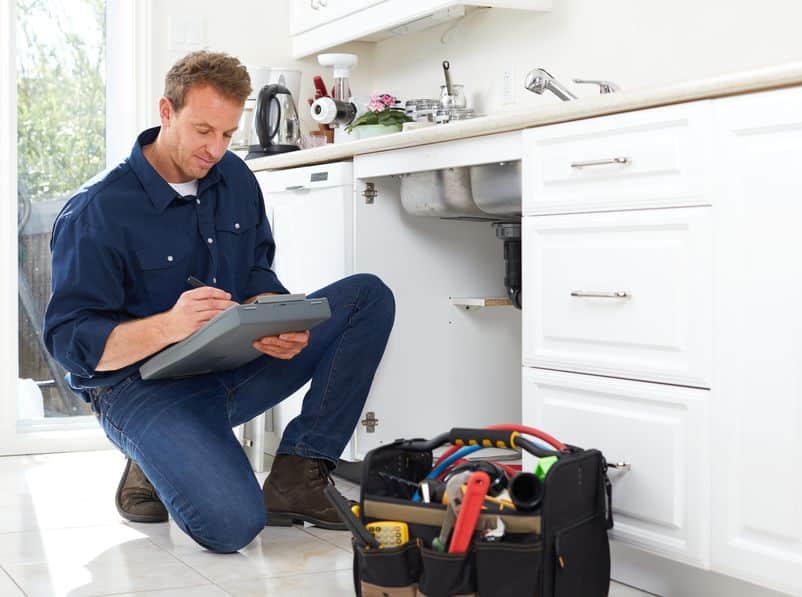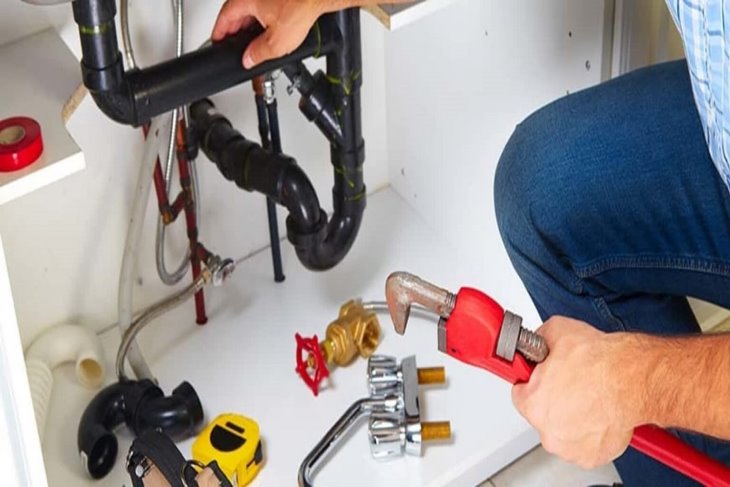Everybody maintains their own individual rationale with regards to Innovative Plumbing Trends Transforming Construction.

Introduction
The plumbing industry is undertaking a transformative phase driven by technological innovations and expanding problems for sustainability and effectiveness. This short article checks out arising fads and technologies shaping the future of plumbing.
Smart Pipes Systems
Incorporating smart modern technology into pipes systems enables remote surveillance, leakage detection, and automated maintenance. Smart sensors and IoT (Net of Points) tools permit house owners and plumbing technicians to check water use and find issues in real-time, leading to more efficient source administration and aggressive upkeep.
Water Efficiency Solutions
With raising emphasis on water preservation, cutting-edge options are being created to minimize water wastefulness in plumbing systems. High-efficiency fixtures, greywater recycling systems, and smart irrigation controllers are amongst the technologies assisting consumers minimize their water impact while maintaining comfort and convenience.
Lasting Materials
The change towards sustainability encompasses pipes products, with a growing choice for green options. Biodegradable piping materials, such as PEX (cross-linked polyethylene) and HDPE (high-density polyethylene), deal sturdiness and resistance to corrosion without endangering environmental stability.
Anticipating Upkeep
Anticipating upkeep techniques leverage information analytics and artificial intelligence formulas to prepare for and avoid plumbing problems before they happen. By examining historic data and efficiency metrics, anticipating maintenance formulas can recognize patterns and anomalies, allowing proactive treatments to prevent expensive repair services and disturbances.
Enhanced Reality in Pipes
Enhanced Fact (AR) modern technology is revolutionizing pipes by providing specialists with real-time aesthetic assistance for fixing and repair tasks. AR-enabled wise glasses or mobile applications overlay digital information onto the physical atmosphere, assisting plumbers picture pipeline designs, recognize surprise leaks, and implement fixings with precision.
Effect of 3D Printing
The introduction of 3D printing has introduced new possibilities in producing pipes elements. From custom-made fixtures to detailed pipe installations, 3D printing permits fast prototyping and on-demand manufacturing, reducing lead times and making it possible for greater personalization in pipes style.
Health And Wellness Qualities
In action to enhanced concerns for health and safety, pipes fixtures are incorporating features such as antimicrobial surfaces, touchless procedure, and self-cleaning systems. These advancements not only enhance hygiene but also promote user convenience and convenience.
Hygiene-focused Components
Touchless taps, self-sanitizing commodes, and antimicrobial surface areas are ending up being increasingly prevalent in domestic and industrial setups, minimizing the threat of germ transmission and advertising a cleaner, much healthier environment.
Water Quality Tracking
Advancements in water quality tracking modern technologies allow house owners to keep track of the purity and safety of their water in real-time. Smart water top quality sensors can spot contaminants, pH degrees, and temperature level variations, encouraging customers to take positive steps to make certain water security.
Remote Plumbing Services
Remote diagnostics and online support are reinventing the method plumbing services are provided. With video clip conferencing and remote gain access to technologies, plumbings can repair problems, give support for DIY repair services, and even carry out remote assessments, offering better availability and benefit to property owners.
Challenges and Opportunities
While plumbing developments hold tremendous promise, they likewise existing challenges such as data privacy issues, regulatory conformity, and the requirement for labor force training. Addressing these challenges needs partnership between sector stakeholders and governing bodies to make certain secure and responsible execution of brand-new technologies.
Governing Landscape
Governing frameworks play an important role in shaping the adoption of plumbing advancements, with standards and codes controling everything from water effectiveness to item safety. As modern technologies remain to evolve, regulatory bodies need to adjust to make certain customer security and environmental stewardship.
Future Expectation
The future of pipes is defined by proceeded development and assimilation with other industries such as IoT, renewable resource, and structure automation. By embracing lasting practices, leveraging emerging technologies, and prioritizing user-centric design, the pipes industry is positioned to address the advancing demands of culture while decreasing its environmental footprint.
Conclusion
Finally, the future of pipes is specified by a merging of technology, sustainability, and user-centric design. By welcoming wise services, sustainable materials, and aggressive maintenance methods, the plumbing industry can improve performance, promote safety, and add to an extra sustainable future.
Plumbing Industry Trends You Need To Know
Smart technology in plumbing
Homeowners want to be able to manage their homes from their phones. The technology exists to make that happen. From smart toilets to leak detector devices, the whole plumbing system can be managed on an interconnected network made up of sensors, IoT devices, and machine learning algorithms.
This allows for wireless control to turn appliances on and off, automate routines, and access advanced monitoring to track water usage and flag potential issues. Smart technology streamlines water consumption, maintenance and energy usage, creating a more efficient system.
Green plumbing
The data analysis possible with smart technology not only improves convenience and cost-effectiveness but also fulfills a high-priority customer desire – sustainability. Consumers are very aware of their impact on the planet and want plumbing solutions to reduce damage and support sustainability. Eco-friendly plumbing solutions are already starting to emerge.
Customers can opt for low-flow toilets, water-saving faucets, and connections to sustainable energy sources. Beyond monitoring water consumption, customers can conserve water through the installation of greywater systems. This is a system that collects water that has been used but is still clean enough for some household uses such as toilet flushing.
Shorter product pipeline
To keep up with modern plumbing, plumbers need modern tools that enable them to complete jobs more efficiently. One technology making strides in this area is 3D printing. By 3D printing key plumbing fixtures, plumbers can reduce wait times even for specialized fixtures. It minimizes delays often seen in traditional manufacturing that frustrate customers and prevent plumbers from taking on more work.
Off-site repairs
Augmented reality is making a splash in many industries including plumbing. Plumbers can map a building online so they can explore the plumbing system through augmented reality, identifying areas of maintenance and repair completely digitally. This technology can be applied quite widely in plumbers’ work including planning installations and training new recruits. It’s safer, smarter and more efficient.
Low-footprint materials
Another way for plumbing companies to reduce their environmental footprint and meet the customer demand for sustainability is by using recycled materials in their work. The products they source and manufacture such as pipes, fixtures and faucets can be made from recycled materials. This saves the planet while being just as effective.
Onsite water purification
Additionally, plumbing companies can be advocates of water conservation and ease the financial and environmental concerns of customers by offering water purification systems. New water purification technology such as reverse osmosis systems and UV systems make it possible for homeowners and business owners to thoroughly cleanse water, removing contaminants onsite. This means the water can be safely reused in more ways than greywater can be, establishing a water recycling loop.
Tankless water heaters
Another innovation of modern plumbing is tankless water heaters. The idea is that the water is heated on demand as it runs through the system instead of being heated in a water tank. This is more energy efficient and therefore cost-effective and eco-friendly because water isn’t heated needlessly.

I'm just very involved in 7 Plumbing Industry Trends You Need To Know and I am hoping you appreciated my post. Are you aware of anybody else who is interested in the niche? Take a moment to share it. Many thanks for going through it.
Call